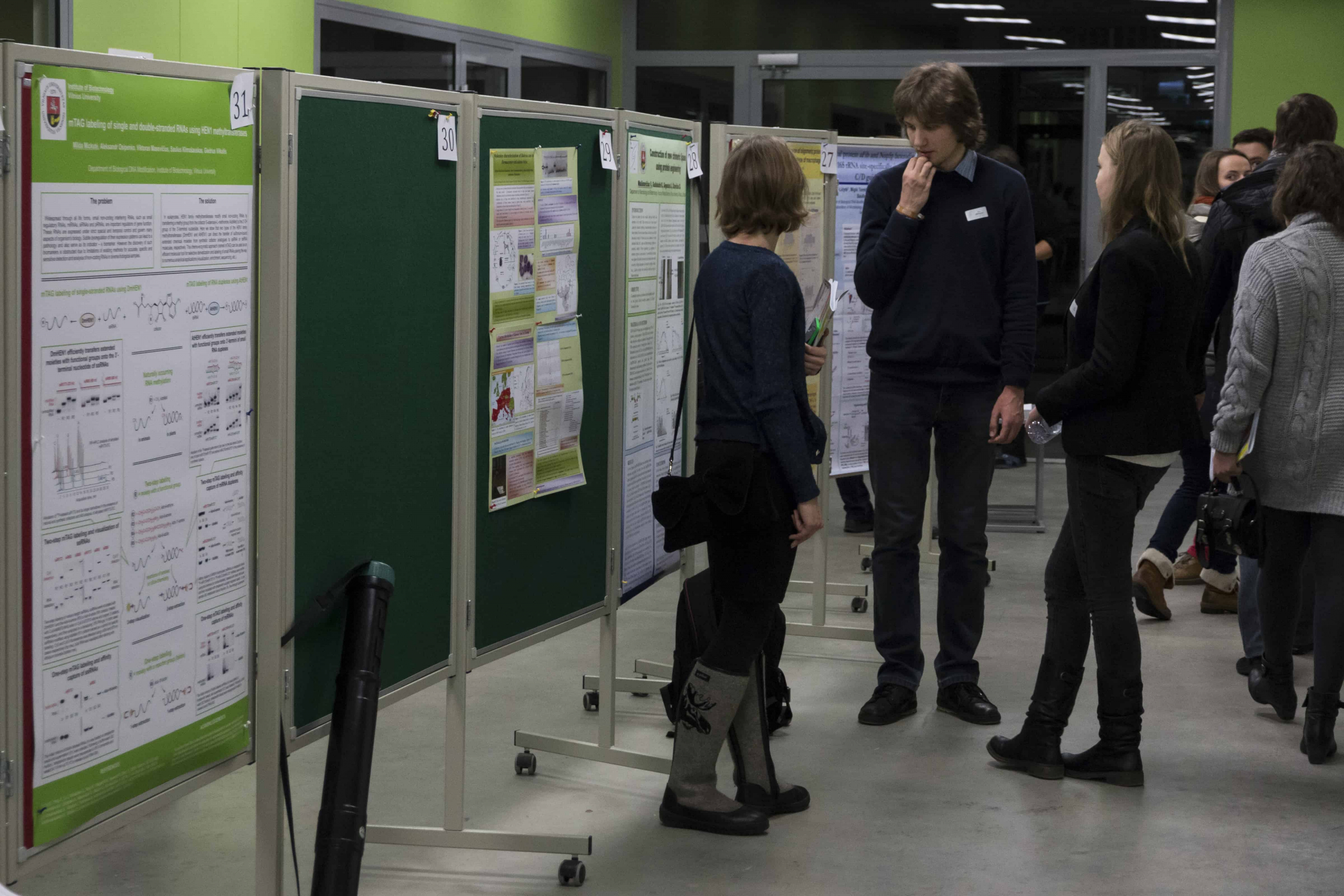[dropcap]A[/dropcap]t a dinner celebrating the twenty-fifth anniversary of the George Connell Lectureship at the University of Toronto Department of Biochemistry, André Picard, a health reporter at The Globe and Mail, discussed the state of the relationship between biomedical research and public communication.
“Too much of what you do is a mystery to people,” Picard said to a group of U of T scientists.
“You can’t expect people to embrace the notion that investing in biomedical research is a good thing if they don’t see the practical outcomes of research in their everyday lives.”
Picard’s comments bring forth the disconnect between the scientist and the masses. His words also query the researcher’s role in making science accessible.
Having worked as a researcher in a laboratory and as a reporter for a newspaper though, I do not fully agree with Picard’s thoughts. While effective communication of scientific findings to the public is undoubtedly positive, he does not seem to consider many of the other obstacles that researchers already face.
Basic and applied research
In an increasingly skeptical world, there are many people who question the validity of science. Scientists would be better off from a public relations standpoint if they could directly communicate their research in layman’s terms.
Additionally, scientists are largely dependent on media outlets to communicate their research, where their well-developed research thesis is liable to be taken out of context and misinterpreted.
However, if the scientific community is forced to focus on making science applicable and relevant to everyday life, we begin to ignore the importance of basic scientific research that is not seen as a means to an end.
This kind of research aims to increase our understanding of nature and its laws. It is studying the unknown, and it may not be possible for a scientist to articulate utilitarian benefits of these efforts.
In these cases, researchers don’t yet consider how their findings may one day be applied to the general public. But that doesn’t make the ideas and pursuit any less relevant.
In fact, through basic research, scientists are provided the means to test theories practically. Chemists in 1945 developed the nuclear magnetic resonance machine with no apparent application in mind, simply to determine the structure of chemicals. Years later, scientists applied the technology to magnetic resonance imagery to investigate internal issues of the body.
Science has been and always will be steadily incremental and a cocktail of both basic and applied research. If the pursuit of only practical outcomes is prioritized ahead of basic research, it will be a more challenging road ahead for science as a whole.
The purpose and art of science
While there are merits to having scientists focus on accessibility, this does not mean that it is the scientist’s responsibility to make their research more comprehensible.
The vocation of the scientist is the pursuit of science, or in Aristotelian terms, the ‘telos.’ The goal of science can be knowledge itself or its practical application; these are not mutually exclusive pursuits.
Seen this way, the objective of research must not be subverted to simply produce ideas that are easily marketed for mass appeal.
In a description of basic research, the National Science Foundation said ,“Creativeness in science is of a cloth with that of the poet or painter.”
Much like an artist doing art for art’s sake, so too should scientists be allowed independence free of cynicism and public questioning.
Grants and jargon
Applications for funding through grants, such as the ones offered by the Natural Sciences and Engineering Research Council of Canada, can be a very time-consuming process for researchers, as they try to justify why they are pursuing their interests. A further appeal to gain public support through exclusive pragmatism will continue to take researchers away from doing their primary work.
“Grant-writing is very discouraging,” said Dr. Marvin J.S. Ferrer, who is pursuing a Master in Public Policy at the University of Toronto. “Watching established professors struggle to get them made me question if it was the kind of career I wanted for myself, since it seemed, at times, that grant-writing became the all-consuming concern, rather than actual science.”
It can also be argued that researchers can’t necessarily make their research more comprehensive. Complicated terminology or ‘jargon’ is needed to describe the intricacies of a specific study. Instead of being upset with scientists for their apparent inability to communicate concisely, we should be commending those individuals for pushing the boundaries of their fields to the extent where complicated terminology is needed.
Where does the onus lie?
“We need to create an environment in which ideas can flourish — to give scientists the time and the money to study problems, and the freedom to find solutions,” said Picard.
An environment like this is possible for scientists. However, it does not come from researchers pandering to the trending fields of study. It comes from free, independent media platforms serving as translators for scientific ideas.
Science news outlets should target audiences outside of academia. While they should maintain their academic content, they should attempt to bridge the gap between the public and science.
A good example of this would be Science News’ YouTube page, which regularly provides short videos on the latest scientific discoveries. One video presents Harvard research on antibiotic resistance, showing the Escherichia coli bacteria expanding inward against higher and higher concentrations of trimethoprim and ciprofloxacin antibiotic. Approximately two minutes long, the video displays striking and digestible science.
“Scientists spend a lot of time becoming specialized at doing science. They can be very, very good at it. The more [time] they spend doing other things, the less science they do,” said Ferrer.
He added, “I hope we can rely on the others who specialize in communication to accurately and truthfully share their wonderful results for the rest of the population to enjoy.”


